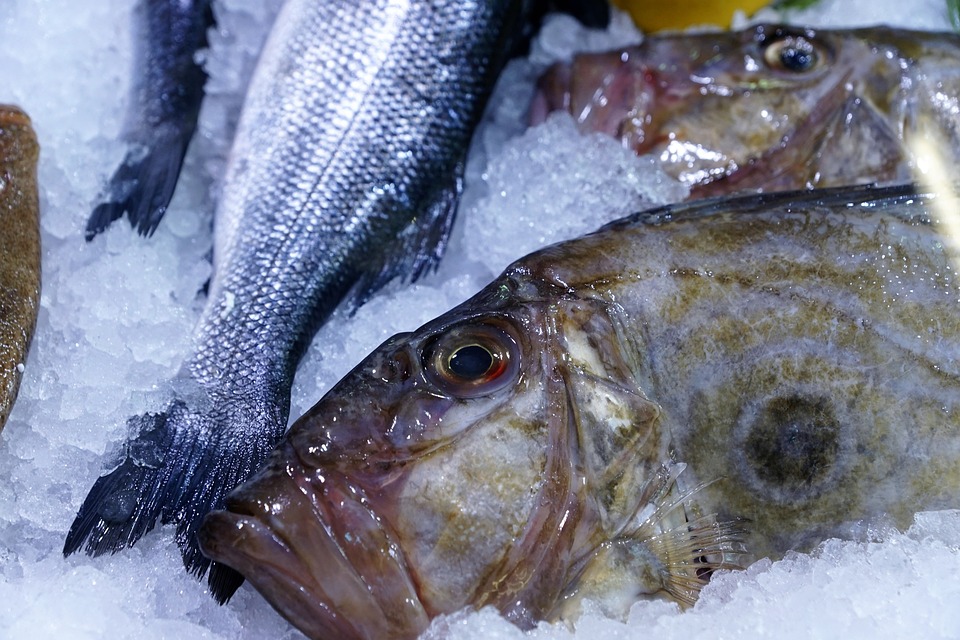Protozoan diseases pose a significant threat to the health and well-being of fish in aquariums. These microscopic parasites can cause severe health problems and even lead to the death of your beloved fish. In this comprehensive study, we will explore the world of protozoan diseases, including their causes, symptoms, prevention strategies, and treatment options. By understanding these diseases, fish owners can take proactive measures to maintain a healthy and thriving fish tank.
Protozoan diseases are caused by single-celled organisms known as protozoans. These parasites are found in almost all aquatic environments, making it crucial for fish owners to understand the various types of protozoan diseases and the risks they pose to their fish. Four common types of protozoan diseases include Ichthyophthiriasis (Ich), Velvet Disease (Oodinium), Costia Disease (Ichthyobodo), and Trichodina Infection.
Ichthyophthiriasis, commonly known as Ich, is caused by the parasite Ichthyophthirius multifiliis. It is one of the most common and easily recognizable protozoan diseases. It is essential to understand its causes, transmission methods, symptoms, diagnosis, as well as treatment and prevention strategies.
Velvet Disease, caused by the parasite Oodinium, is another common protozoan disease. Understanding the life cycle of Oodinium, recognizing symptoms, diagnosing the disease, and knowing treatment options and preventive measures are crucial for its management.
Costia Disease is caused by the parasite Ichthyobodo necator, also known as Costia. This disease can be devastating for fish, and fish owners need to be aware of its causes, risk factors, symptoms, diagnosis methods, treatment techniques, and preventive actions.
Trichodina Infection is caused by the parasite Trichodina and can affect various fish species. Fish owners should understand the transmission and causes of this infection, as well as recognize the symptoms and seek proper diagnosis. Effective treatment methods and prevention techniques are also essential for managing Trichodina Infection.
Prevention is always better than treatment when it comes to protozoan diseases. Implementing preventive measures significantly reduces the risk of fish contracting these diseases. These measures include quarantining new fish, maintaining optimal water quality, regular cleaning and disinfecting of tank equipment, and avoiding overcrowding in the tank.
When it comes to treatment options for protozoan diseases, medications and chemical treatments are commonly used. Understanding available medications, their efficacy, safe administration, potential side effects, and precautions are essential for successful treatment. Additionally, natural and home remedies can be considered, but it is important to understand their limitations and potential risks.
To address common concerns, frequently asked questions related to protozoan diseases in fish tanks are answered in this comprehensive study. Questions include information on transmission between fish species, recovery time for infected fish, fatality risks, human transmission, prevention without medication, water change frequency, the necessity of quarantining new fish, and the possibility of complete eradication of protozoan diseases from a tank.
In conclusion, understanding and effectively managing protozoan diseases in fish tanks is crucial for maintaining a healthy aquatic environment. By recognizing the types, symptoms, and treatment options available, fish owners can ensure the well-being of their fish. Implementing preventive measures and consulting a veterinarian or fish health expert when necessary are important steps in managing these diseases. With proper care and knowledge, fish owners can provide their fish with a safe and thriving habitat.









